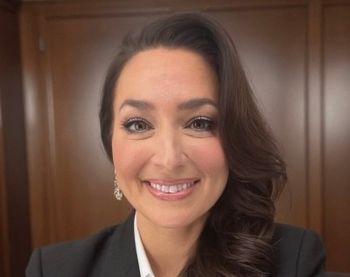
Opioid Prescribing in Community Emergency Department Fell 11% Following CDC Guidelines
Before the CDC guidelines, 45% of the patients were prescribed opioids, but that fell to 34% after the guidelines.
The nation’s reckoning with the opioid epidemic brought responses across the healthcare landscape, from health plan monitoring that involved both physicians and pharmacists, to crackdowns on physicians who wrote too many questionable prescriptions for pain medication.
One area of concern involved the emergency department (ED), where patients may be prescribed opioids for after showing up complaining of musculoskeletal pain, perhaps caused by an injury. Guidelines issued by the CDC
A
Before the guidelines, 45% of the patients were prescribed opioids, but that fell to 34% after the guidelines. Of those who received an opioid prescription, there was a 6% reduction in the number of patients who received a prescription for more than five days, from 14% to 8%.
Not long after the study period ended, New Jersey adopted a law limiting the first prescription for opioids to five days in most cases, which at the time was the strictest in the country. The authors said the effects of this law warranted further study.
The ongoing multifaceted approach should continue, the authors wrote.
“The state prescription monitoring programs help physicians and pharmacists to be vigilant and look for red flag signs of opioid misuse,” they said. “Further studies are needed for implementing these opioid-prescribing guidelines in various health care settings and for other pain conditions.”



































